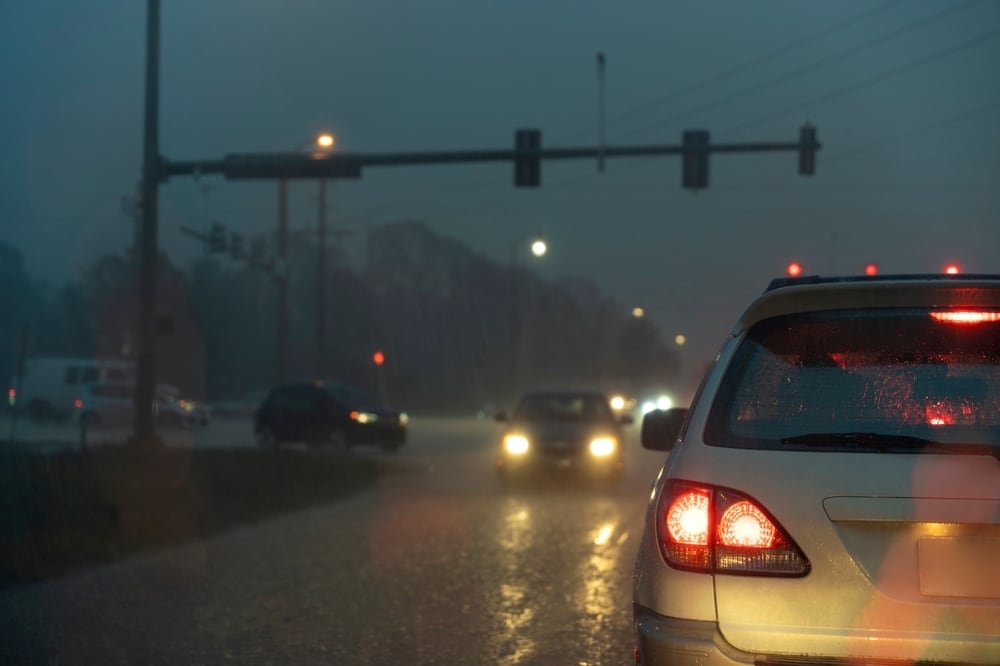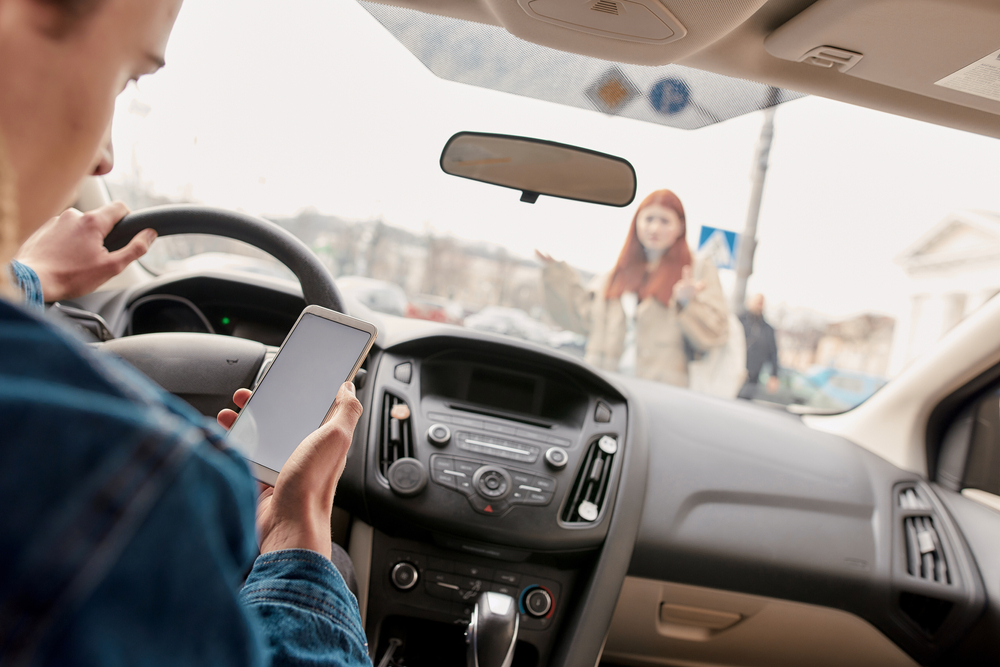Is Brake Checking Illegal in New York?

Brake checking occurs when a driver deliberately slams on brakes to startle or retaliate against another driver who may be tailgating. You might wonder about the legality of such a maneuver, particularly if you have encountered or considered it while feeling pressured by another vehicle following too closely.
Typically, brake checking is considered a reckless driving behavior in the state of New York because it creates an unnecessary risk of collision, making it against the law. This action can lead to accidents, resulting in damage, injury, or even death. Authorities often regard the practice unfavorably because it can escalate road rage incidents and disrupt the flow of traffic, something that is already problematic in New York City and other highly-populated areas of the state.
Understanding the legal ramifications requires a look at New York’s traffic laws and regulations that apply to driving conduct. Traffic rules set in NYC and the rest of New York state mandate maintaining a safe following distance and discourage any form of aggressive driving. By examining these laws, you can better understand the consequences that could arise from brake checking, not only for the driver initiating it but also for any other involved parties.
Legality of Brake Checking in New York
When driving through the state of New York or even in NYC from Manhattan to Brooklyn, you might encounter situations where one driver performs a sudden brake in front of another. This maneuver is known as “brake checking” and has both safety and legal implications.
Definition
Brake checking in New York is when a driver deliberately brakes hard in front of another vehicle, often with the intent of causing the trailing driver to react. It’s often considered a hazardous practice.
Potential Legal Consequences for New Yorkers Who Engage in Brake Checking
If you’re involved in brake checking, it’s important to be aware of the potential legal consequences according to New York state laws, which can include:
- Traffic Violations: Fines or citations for reckless driving or aggressive behavior on the road.
- Criminal Charges: In severe cases, especially if an accident results, you could face criminal charges.
- Civil Liability: If an accident occurs, you could be held liable for damages in a New York civil lawsuit.
These consequences emphasize the importance of maintaining safe driving practices throughout the entire state of New York and avoiding actions such as brake checking. In the event of an accident caused by brake checking, you should consult a car accident lawyer.
Safe Driving Practices
Safe driving practices are essential to prevent accidents and ensure that all road users remain unharmed. It is important not only to understand the laws in New York but also to adopt driving habits that promote safety and conflict resolution without resorting to dangerous maneuvers.
Alternative Conflict Resolution on the Road
When you encounter aggressive or uncooperative drivers in New York City, it is crucial to maintain a calm demeanor and resolve conflicts without engaging in risky behavior. Consider the following strategies:
- Maintain Distance: Increase the space between your vehicle and the other driver’s to reduce the risk of a collision.
- Avoid Confrontation: Do not make eye contact or gestures that can escalate the situation.
Preventive Measures to Avoid the Need for Brake Checking
Brake checking can be a hazardous and legally questionable tactic. To avoid the need for such actions:
- Stay Aware of Your Surroundings: Regularly check mirrors and blind spots for tailgaters.
- Adopt a Defensive Driving Style: Anticipate possible hazards and be prepared to react in a safe manner.
| Strategy | How to Implement |
| Adjust Your Speed Gradually | Avoid sudden speed changes that may startle drivers behind you. |
| Use Turn Signals | Always signal your intentions well in advance to give following drivers time to react appropriately. |
| Follow Speed Limits | Keep to the speed limit to minimize the risk of tailgating and reduce the need for sudden braking. |




